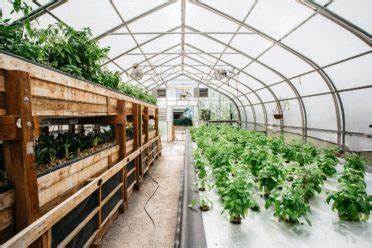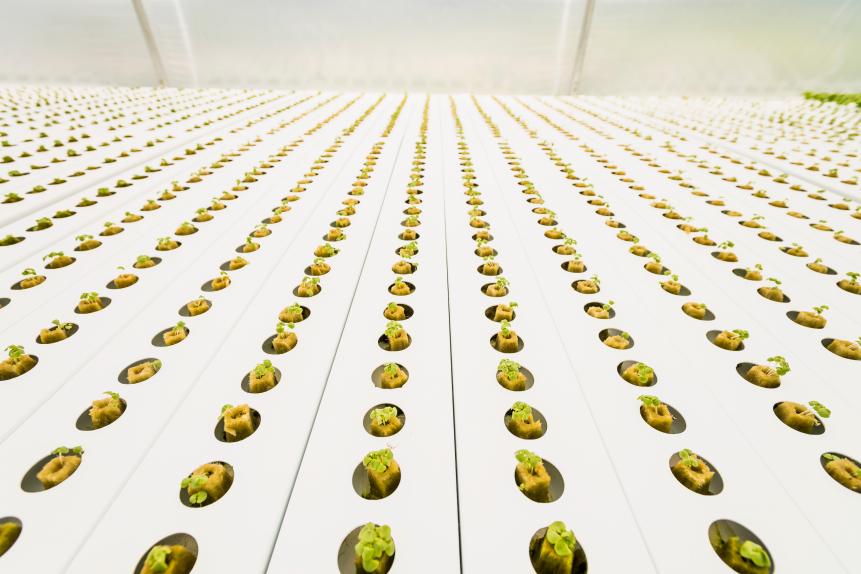
Vertical Farming: A Sustainable Solution to Climate Change Challenges
Introduction
Vertical farming is a revolutionary agricultural practice that offers a promising solution to the challenges posed by climate change. By utilizing innovative techniques and technology, vertical farming allows for the cultivation of crops in vertically stacked layers, making efficient use of limited space and resources. This article aims to highlight the importance of vertical farming in addressing climate change and its relevance in sustainable agriculture.
Historical Background
The concept of vertical farming dates back to the early 20th century, but it has gained significant traction in recent decades. With the increasing global population and the need for more sustainable food production methods, vertical farming has evolved and adapted to meet these challenges. Significant milestones in the field include the development of hydroponics and aeroponics, which are key techniques used in vertical farming systems.
Key Concepts and Definitions
Vertical farming can be defined as the practice of growing crops in vertically stacked layers, with controlled environmental conditions such as lighting, temperature, and humidity. It is closely linked to climate change mitigation as it reduces the carbon footprint associated with conventional agriculture. Key terms such as hydroponics (growing plants without soil), aeroponics (growing plants in an air or mist environment), and controlled environment agriculture (creating optimal growth conditions) are integral to understanding vertical farming.
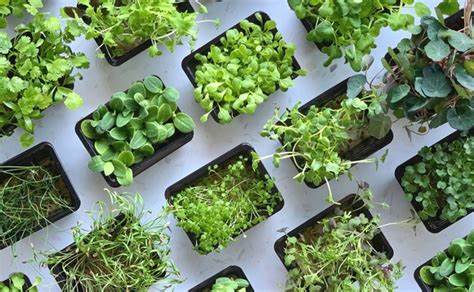
Main Discussion Points
Environmental Benefits of Vertical Farming
Vertical farming offers numerous environmental benefits. Firstly, it minimizes land usage by utilizing vertical space, making it suitable for urban areas where land is limited. Secondly, it reduces water usage through efficient irrigation methods like hydroponics, which recirculate water. Additionally, vertical farming minimizes the need for pesticides and fertilizers, reducing the environmental impact associated with their use. Lastly, vertical farming promotes biodiversity conservation by eliminating the need for deforestation and preserving natural habitats.
Climate Change Mitigation through Vertical Farming
Vertical farming plays a crucial role in mitigating climate change. By reducing the need for transportation of produce over long distances, it minimizes carbon emissions associated with food transportation. The integration of renewable energy sources, such as solar panels, into vertical farming systems further reduces carbon emissions. Moreover, vertical farming has the potential to sequester carbon through the cultivation of certain crop varieties.
Food Security and Resilience
Vertical farming contributes to food security and resilience. With year-round crop production, it ensures a constant supply of fresh produce, regardless of seasonal limitations. Furthermore, vertical farming promotes localized food production, reducing dependency on imports and enhancing food access in urban areas. This increased accessibility is particularly important in combating food deserts, where fresh and nutritious food is scarce.
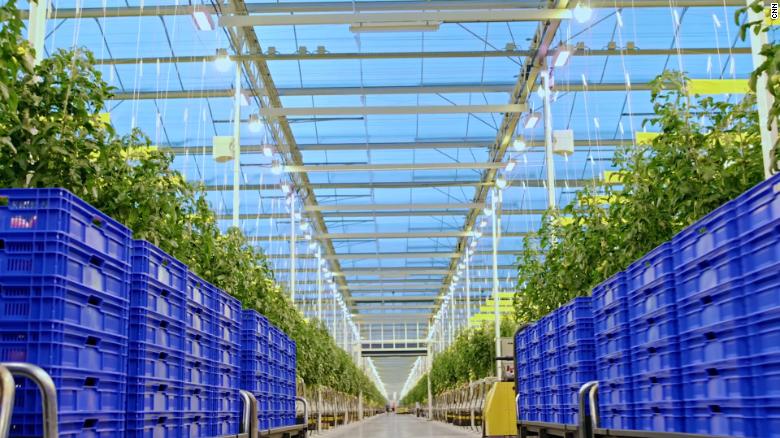
Case Studies or Examples
Example: AeroFarms in Newark, New Jersey
AeroFarms is one of the leading vertical farming companies, utilizing aeroponic technology to grow leafy greens in a controlled environment. Located in an urban area, this vertical farm maximizes space utilization and reduces transportation distances, thereby minimizing its carbon footprint.
Example: Sky Greens in Singapore
Sky Greens is an innovative vertical farming project integrated into high-rise buildings in Singapore. By utilizing a rotating system, it optimizes sunlight exposure for the crops. This project demonstrates the potential of vertical farming in highly urbanized areas, where land availability is limited.
Example: Growing Underground in London
Growing Underground is a pioneering vertical farming initiative that transforms underground spaces into productive farms. By utilizing abandoned tunnels, this project brings fresh produce to urban areas, addressing food deserts and reducing the carbon emissions associated with long-distance transportation.
Current Trends or Developments
Vertical farming is constantly evolving, with advancements in technology and infrastructure. Recent developments include the use of artificial intelligence and data analytics to optimize plant growth and resource allocation. Research findings also highlight the productivity and sustainability of vertical farming systems, emphasizing their potential to meet the growing demand for food in a sustainable manner.
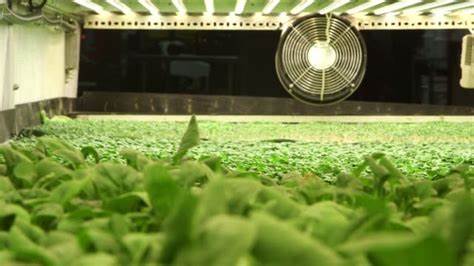
Challenges or Controversies
Despite its potential, vertical farming faces challenges and controversies. High upfront costs associated with setting up vertical farming systems and the uncertainty of profitability deter some investors. Additionally, energy consumption is a concern, as vertical farms require artificial lighting and climate control systems. The reliance on non-renewable energy sources can undermine the environmental benefits of vertical farming. Moreover, traditional agriculture sectors often express skepticism and criticism towards vertical farming, citing concerns about its scalability and long-term viability.
Future Outlook
The future of vertical farming looks promising. As technology continues to advance, vertical farming has the potential to be integrated into urban planning, providing sustainable food production solutions in densely populated areas. Technological advancements, such as improved lighting systems and energy-efficient infrastructure, will further enhance the productivity and sustainability of vertical farming systems. Policy and regulatory support will be crucial in providing incentives and creating a favorable environment for the growth of vertical farming.
Conclusion
In conclusion, vertical farming offers a sustainable solution to address the challenges posed by climate change. Its environmental benefits, contribution to climate change mitigation, and role in ensuring food security and resilience make it a crucial practice in sustainable agriculture. Despite challenges and controversies, vertical farming has the potential to revolutionize food production and play a significant role in combating climate change.




